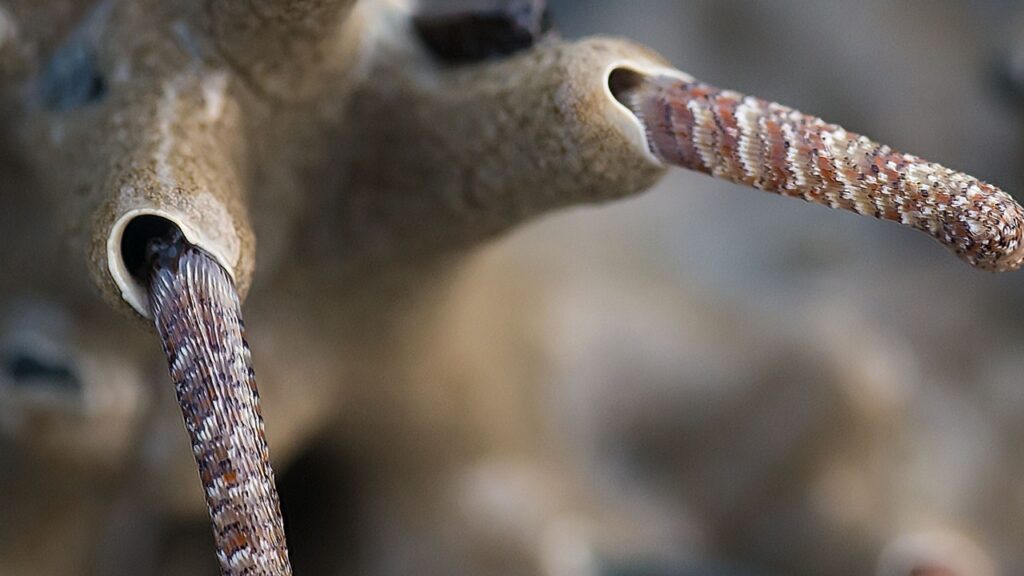In the face of global disasters, humans might not be as resilient as we think. Some animals have incredible survival abilities that could help them outlast us in catastrophic events. From radiation-resistant insects to creatures that can live without food for years, here are 15 amazing animals that might inherit the Earth if things go wrong.
Tardigrades

Tardigrades, also known as water bears, are microscopic animals with superpowers. These tiny creatures can survive extreme conditions, including outer space, radiation, and temperatures close to absolute zero. They can even go without food or water for 30 years by entering a state called cryptobiosis. With these abilities, tardigrades could likely survive many disasters that would wipe out humans.
Cockroaches
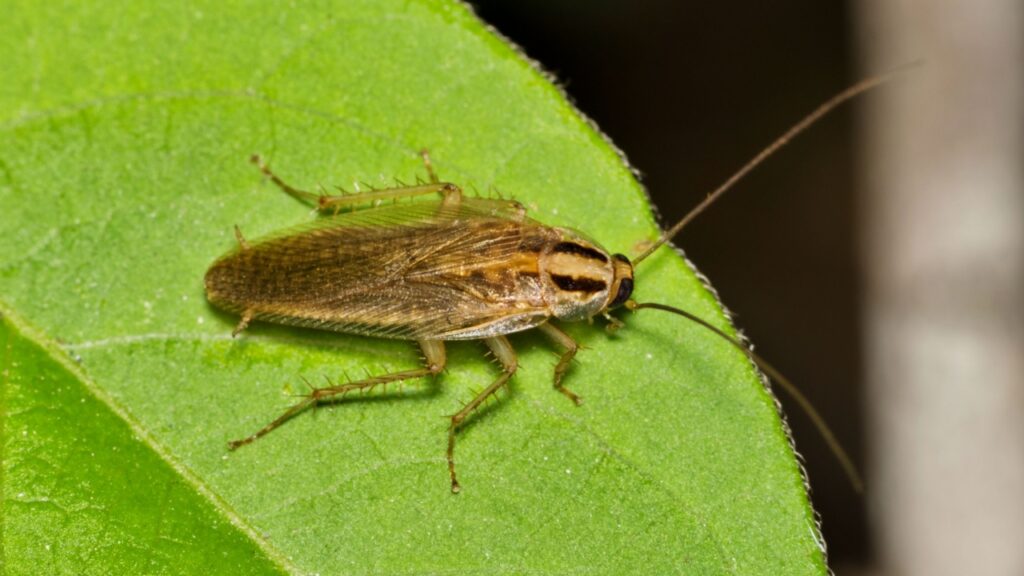
Cockroaches have a reputation for being hard to kill, and it’s well-deserved. These insects can survive high doses of radiation, making them likely survivors of a nuclear disaster. They can live without food for a month and without their heads for a week. Cockroaches can even eat almost anything, including cardboard and glue. Their adaptability and toughness make them prime candidates for post-apocalyptic survival.
Naked Mole Rats
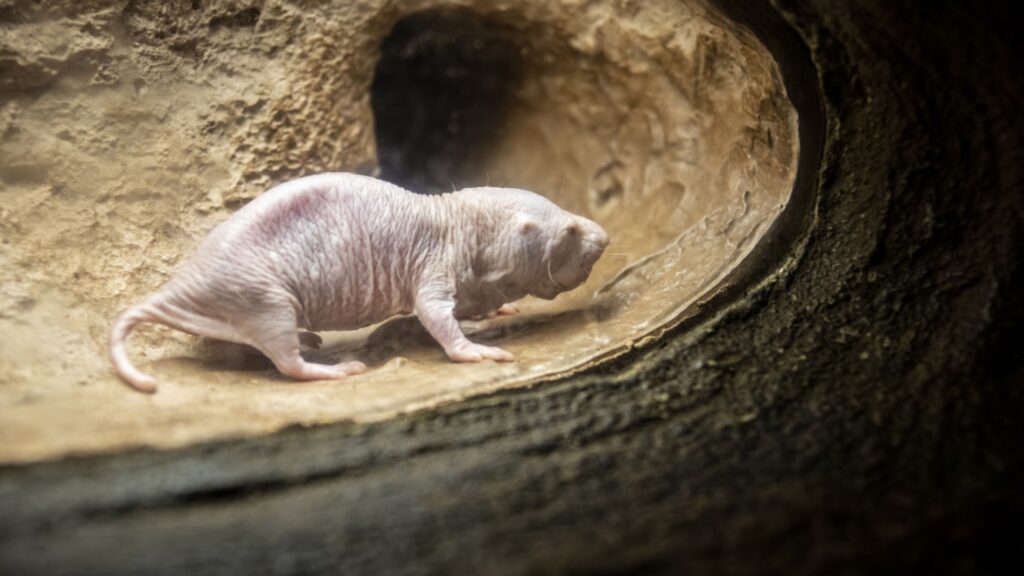
These wrinkly, hairless rodents are more than just odd-looking. Naked mole rats can survive with very little oxygen, resist cancer, and feel almost no pain. They live in underground colonies, which would protect them from many surface disasters. Their ability to slow down their metabolism when food is scarce would also help them outlast humans in a crisis.
Bdelloid Rotifers

These microscopic animals are masters of survival. Bdelloid rotifers can survive being completely dried out for years and then come back to life when exposed to water. They’re also resistant to radiation and can repair their own DNA. Some have even survived being frozen for 24,000 years! Their ability to withstand extreme conditions makes them likely survivors of many potential disasters.
Alligators
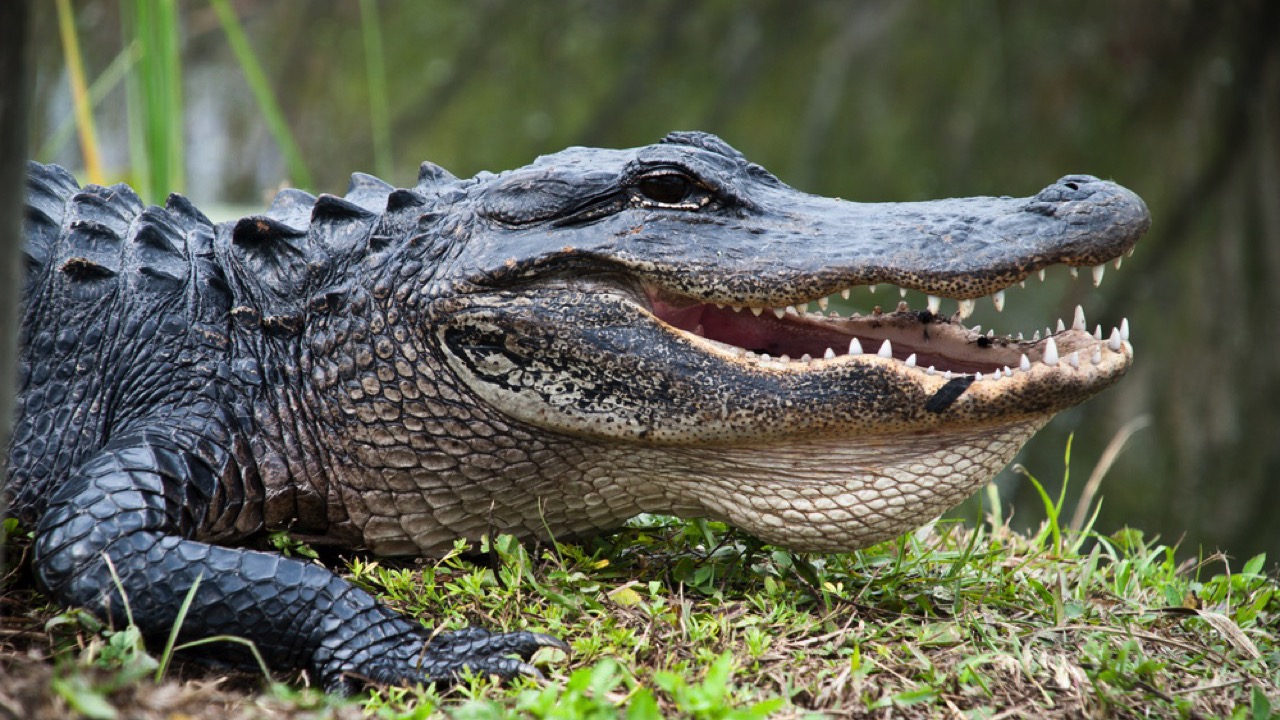
Alligators have been around for millions of years, outliving the dinosaurs. They can go for months without food and have powerful immune systems that fight off infections. Alligators can also survive in both fresh and saltwater environments. Their tough scales and ability to adapt to changing environments give them a good chance of surviving many disasters that would challenge humans.
Scorpions
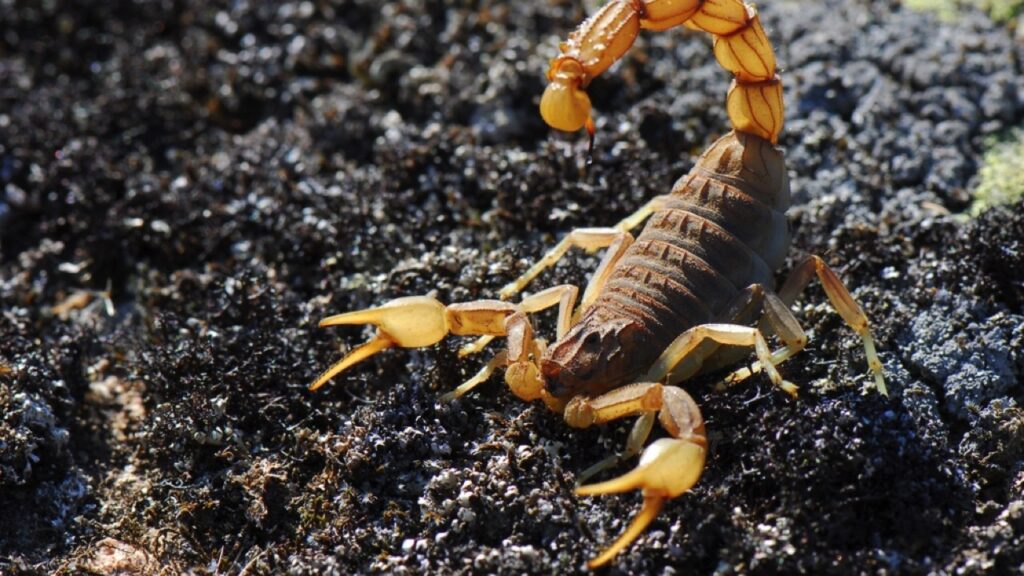
These arachnids are built for survival. Scorpions can slow their metabolism to use less than a tenth of the oxygen a typical animal needs. They can survive being frozen overnight and can live for months without food. Some species can even withstand high levels of radiation. Their ability to thrive in harsh desert environments suggests they could adapt to many post-disaster scenarios.
Termites
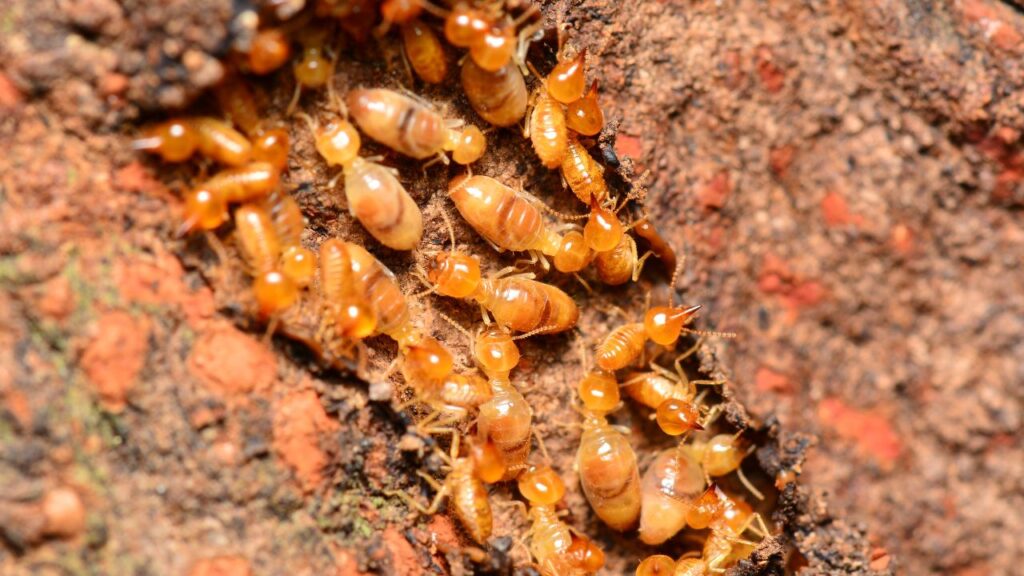
Like their cockroach cousins, termites are surprisingly tough. They can survive high doses of radiation and can live in a wide range of environments. Termites work together in colonies, which helps them adapt to changing conditions. Their ability to eat wood and other plant materials means they’d have plenty of food in a world without humans.
Ants
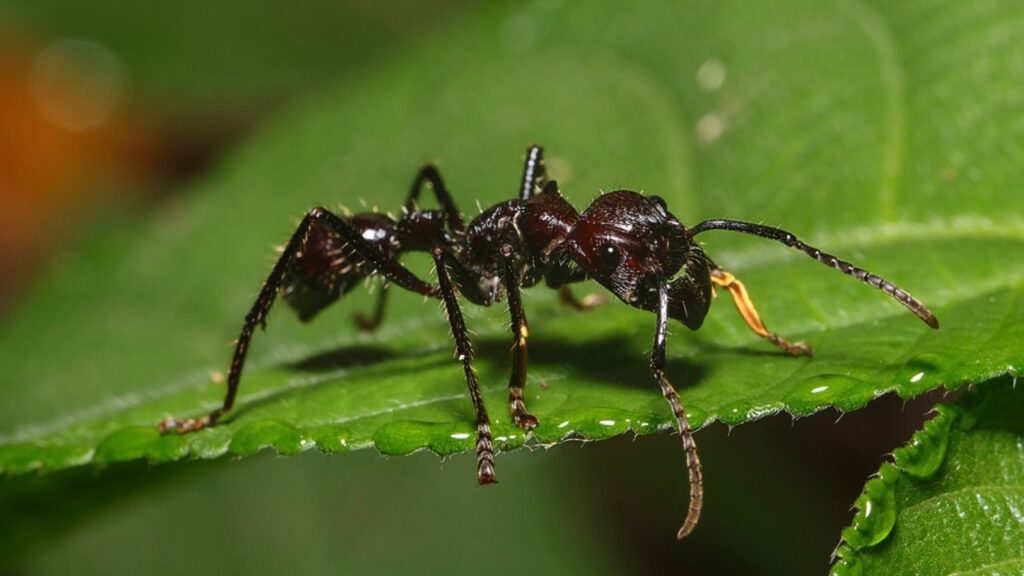
Ants are some of the most adaptable creatures on Earth. They can be found on every continent except Antarctica. Some species can survive underwater for long periods, while others can withstand extreme heat. Ants work together in large colonies, which helps them overcome challenges. Their strength in numbers and ability to adapt quickly would serve them well in a disaster scenario.
Tube Worms
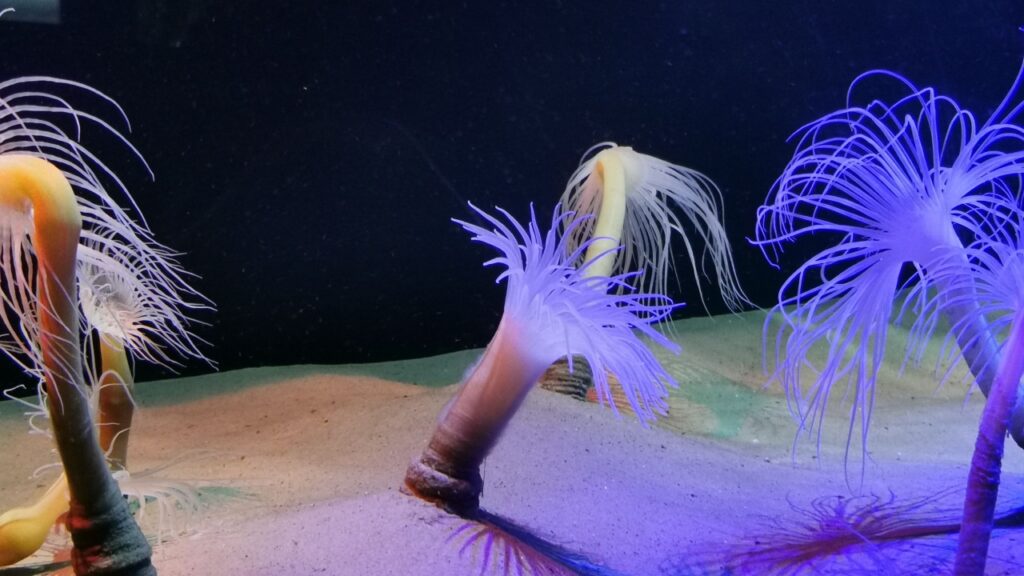
These deep-sea creatures live near hydrothermal vents in some of the most extreme environments on Earth. Tube worms can tolerate high pressures, extreme temperatures, and toxic chemicals. They don’t even have mouths or digestive systems, instead relying on bacteria to convert chemicals into food. Their ability to thrive in such harsh conditions suggests they could survive many global disasters.
Leatherback Sea Turtles
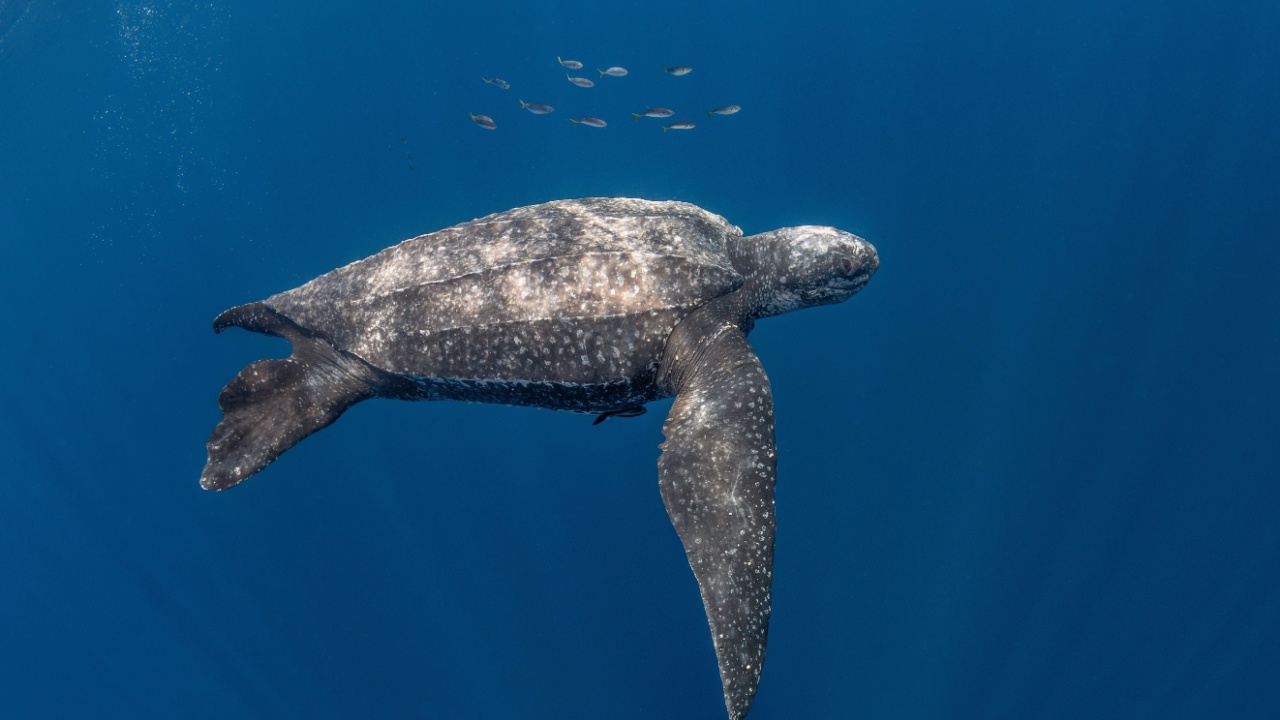
These ancient mariners have been around for over 100 million years. Leatherback sea turtles can dive deeper than any other turtle and withstand extreme cold. They have a varied diet and can travel long distances across oceans. Their long lifespan and ability to adapt to changing ocean conditions make them likely survivors of many potential disasters.
Kangaroo Rats

These small rodents are masters of desert survival. Kangaroo rats can go their entire lives without drinking water, getting all the moisture they need from the seeds they eat. They have highly efficient kidneys that allow them to conserve water. Their ability to thrive in harsh, dry environments would be a huge advantage in many disaster scenarios.
Cyanobacteria
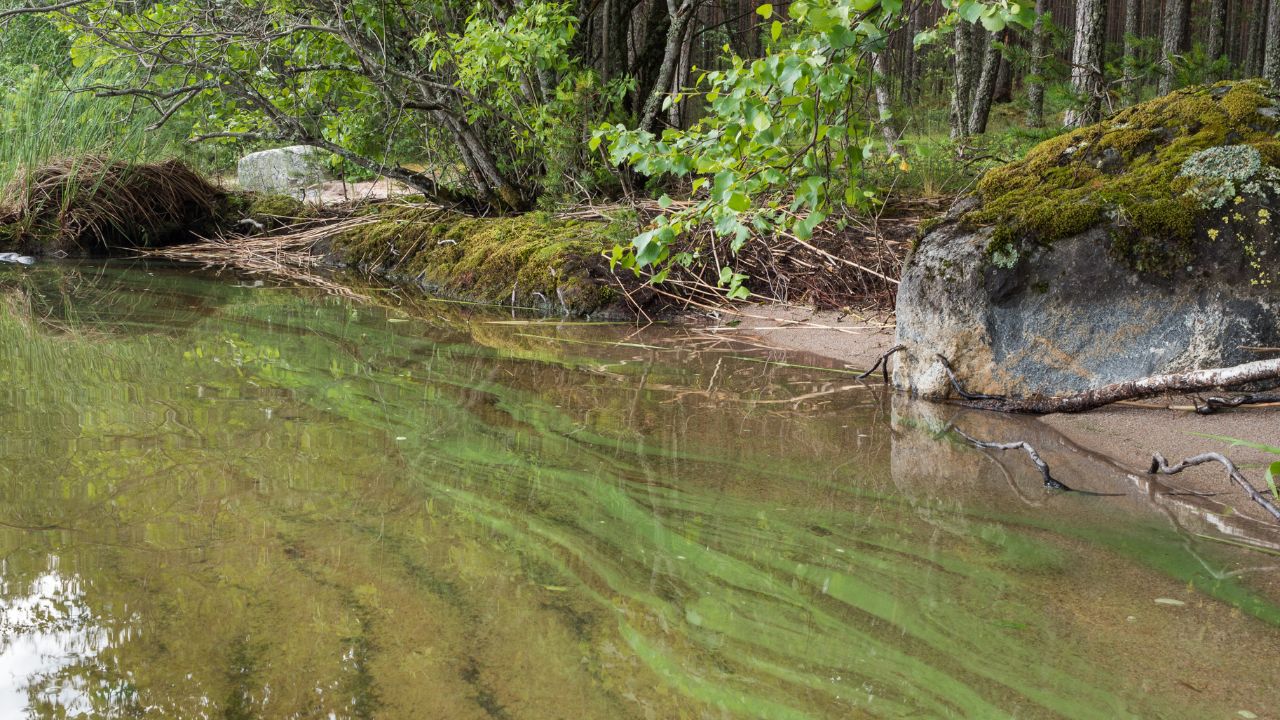
While not animals, these microorganisms deserve a mention. Cyanobacteria have been around for billions of years and can survive in extreme environments, including hot springs and Antarctic lakes. They can produce their own food through photosynthesis and some can fix nitrogen from the air. Their ability to adapt and survive in a wide range of conditions makes them likely to outlast many other life forms in a disaster.
Deinococcus Radiodurans
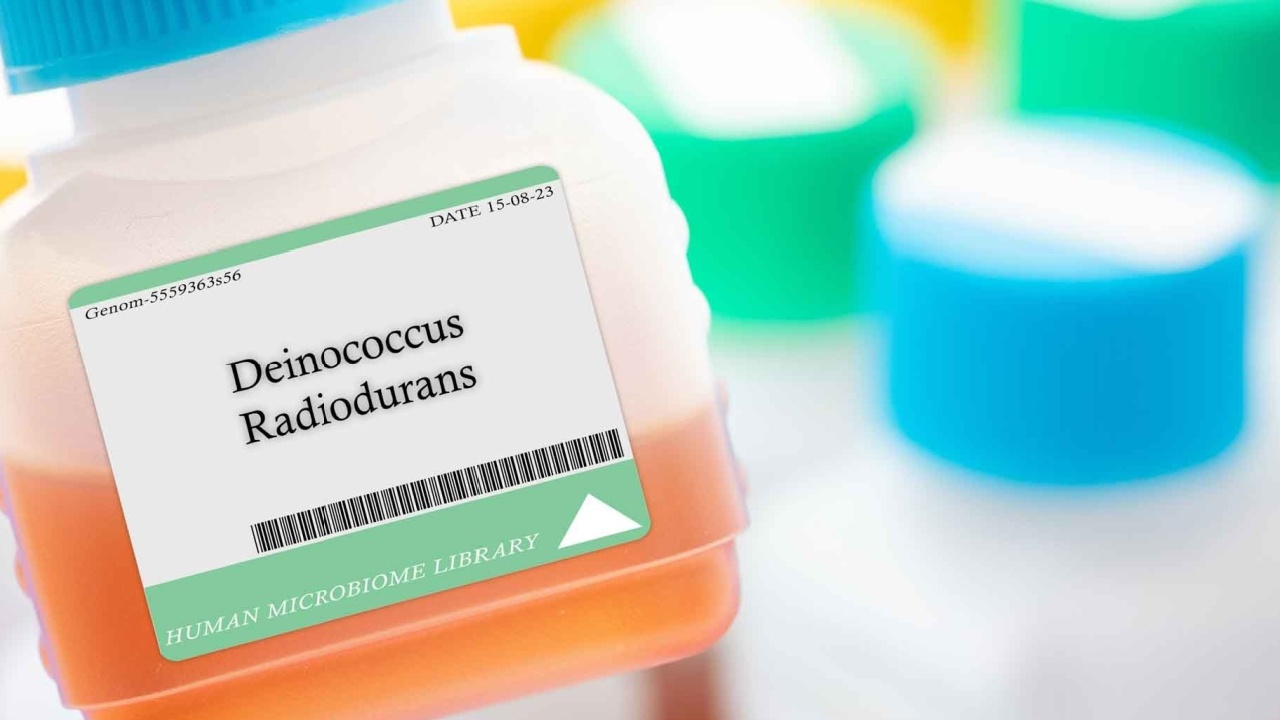
This bacterium is known as the world’s toughest bacterium. Deinococcus radiodurans can survive extreme doses of radiation, cold, dehydration, and acid. It can repair its own DNA when damaged, allowing it to withstand conditions that would kill most other organisms. While not an animal, its incredible survival abilities make it a strong contender for post-disaster survival.
Spadefoot Toads

These amphibians have a unique survival strategy. Spadefoot toads can burrow underground and enter a state of estivation, slowing their metabolism and surviving on stored fat for years. This ability would allow them to wait out many types of disasters underground. When conditions improve, they can quickly emerge and reproduce, helping their species bounce back.
Pompeii Worms

These deep-sea worms live near hydrothermal vents in water that can reach temperatures of 176°F (80°C). Pompeii worms have a symbiotic relationship with heat-resistant bacteria that form a protective layer on their backs. Their ability to thrive in such extreme conditions suggests they could survive many global disasters that would affect surface and shallow-water ecosystems.
Becky is a fervent wildlife enthusiast and pet care expert with a diploma in canine nutrition. Her love for animals stretches beyond the domestic, embracing the wild tapestry of global fauna. With over a decade of experience in animal welfare, Becky lends her expertise to OutlandishOwl through insightful articles, captivating wildlife information, and invaluable guidance on pet nutrition. Her work embodies a deep commitment to understanding the intricate lives of animals and a passion for educating others on sustaining natural habitats. Becky's hands-on conservation efforts and her knack for translating complex dietary science into practical pet feeding tips make her an indispensable voice for creatures great and small.

